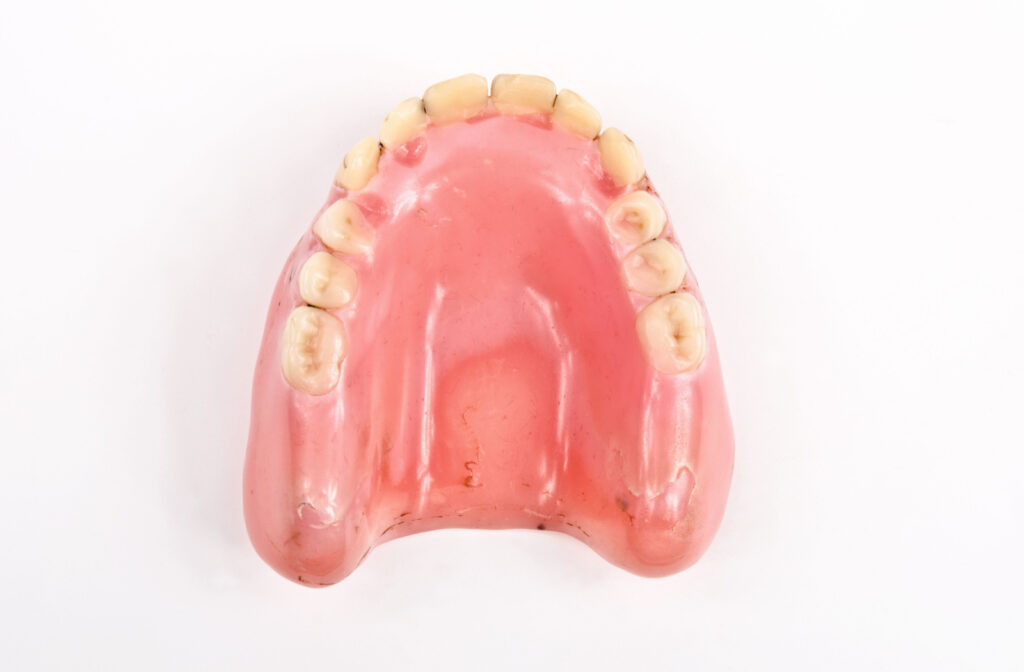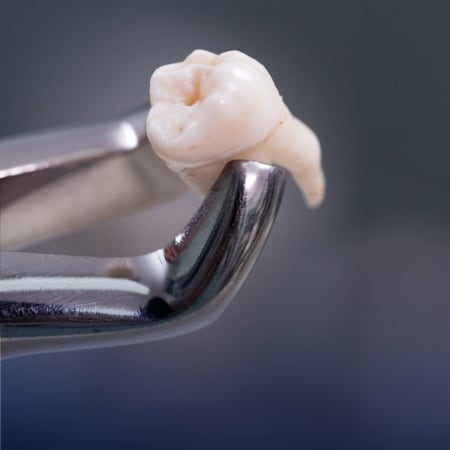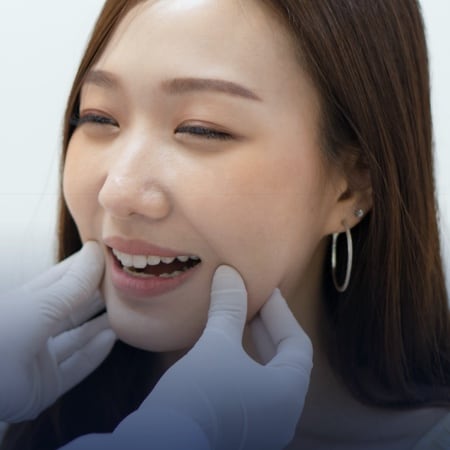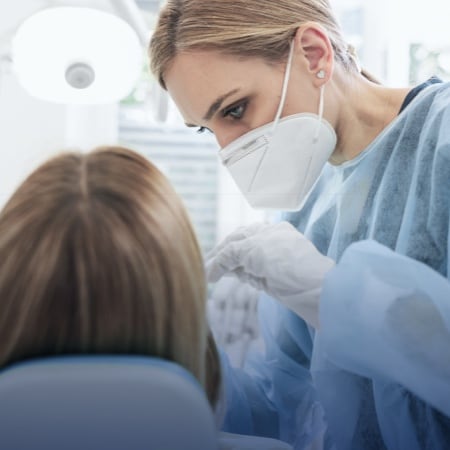Our teeth play an essential role in determining our overall health. Most obviously, they are a vital part of our digestive process. They are a critical element of our ability to communicate verbally and non-verbally. Additionally, we are social beings and our teeth are one of the main features that determine our attractiveness, thus also playing a crucial role in our self-confidence and even our self worth!
However, they are not indestructible and are prone to deterioration. This wear down can occur due to grinding, clenching, consuming certain foods and drinks, or simply age. Worn-down teeth not only affect the appearance of your smile but can also lead to various dental problems such as sensitivity, gum recession, and even tooth loss.
Thankfully, there is a solution for worn down or damaged teeth. This type of treatment in the dental world is referred to as restorative care. If your teeth are wearing or worn, they can be repaired with treatments such as crowns, veneers, or bonding. For extensive damage worn down teeth may need to be replaced with a dental implant or full arch replacement.
Causes of Worn-Down Teeth
Our teeth by themselves are not terribly strong. Fortunately, they are covered and protected by the hardest mineralized tissue in our body—enamel. Despite the dental preserving benefits we derive from enamel, our teeth remain susceptible to wear and tear. Tooth wearing factors often result in jagged, sharp, tender, or disfigured dental surfaces.
The following is a list of various tooth wearing factors:
Bruxism
Bruxism is a condition where one grinds or clenches their teeth unconsciously while awake or during sleep. As we mature, mild teeth grinding is natural and doesn’t represent a serious risk, but frequent or severe grinding can cause headaches, jaw problems, and damage tooth structure.
Symptoms of bruxism can include:
- Abraded teeth
- Chipped or cracked teeth
- Pain in the face and jaw
- Sensitive teeth
- Headaches
- Jaw locking
- Eroded tooth enamel
- Popping or clicking of the jaw
- Damage to the inside of the cheek
- Flat smooth areas on the biting surfaces of the teeth
Enamel Erosion
Enamel is the protective outer layer of our teeth. It provides defence to the inner softer more porous layers against chemicals and acidic conditions caused by beverages, food and sweets. These abnormal conditions created in the mouth in addition to things like excessive grinding can erode the enamel, leaving the inner layers of the teeth and even our vital systems exposed to bacterial attack.
Age
Although teeth that are well cared for can last a lifetime, the everyday wear and tear that comes with age, in addition to unfriendly genetics can lead to a breakdown of important tooth structure. Time also has an effect on our body’s ability to generate sufficient levels of vital minerals that are critical for our overall health. Becoming older (50+) increases the likelihood of a breakdown of our enamel without some form of outside assistance.
Tooth Trauma
A physical blow to the mouth, a fall, or biting down on something hard can cause teeth to chip or crack, leading to deterioration of outer and inner tooth structure and exposing our body’s inner vital systems to infection.
Treatment Options for Worn-Down Teeth
The good news is that there are options for any tooth deterioration that you may be experiencing. The method of treatment for worn teeth can depend on the severity and location of the damage as well as the symptoms the individual is experiencing. Timely treatment is usually required if pain is being experienced and/or eating or sleeping is affected.
Tooth Extraction and Replacement
Dental Implants
A worn down tooth may require a dental implant if the wear is so severe that the tooth can no longer be restored through other dental treatments such as fillings, crowns, or veneer. Situations for considering a dental implant include:
- Severe Damage: The tooth is so extensively worn that it cannot be repaired with fillings, crowns, or veneers.
- Non-viability: The tooth is dead or severely infected, affecting the nerve or root.
- Risk to Dental Health: Keeping the worn tooth poses a risk to adjacent teeth or overall oral health.
- Aesthetic and Functional Needs: The tooth’s loss significantly impacts the patient’s appearance or chewing function.
Overall oral health is a key consideration for implants. The patient’s gum and surrounding teeth must be healthy enough to support an implant, or otherwise a dental bone graft may be required.
Full Arch Replacement (all-on-4)
A full arch replacement refers to a dental procedure where all the teeth in an arch (either the upper or lower jaw, or both) are replaced. This is an option for patients who have lost most or all of their teeth in an arch, or whose teeth are so compromised that they cannot be saved.
The key methods for full arch replacements include:
- Implant-Supported Dentures: This approach involves placing several dental implants in the jawbone, which then support a full denture. Unlike traditional dentures, these are stable and don’t shift or slip because they are anchored by implants.
- Fixed Bridges Supported by Implants: Also known as “all-on-4” or “all-on-6,” depending on the number of implants used, this method involves placing four or six dental implants in the jawbone, onto which a permanent bridge is attached. This bridge is fixed and cannot be removed by the patient.
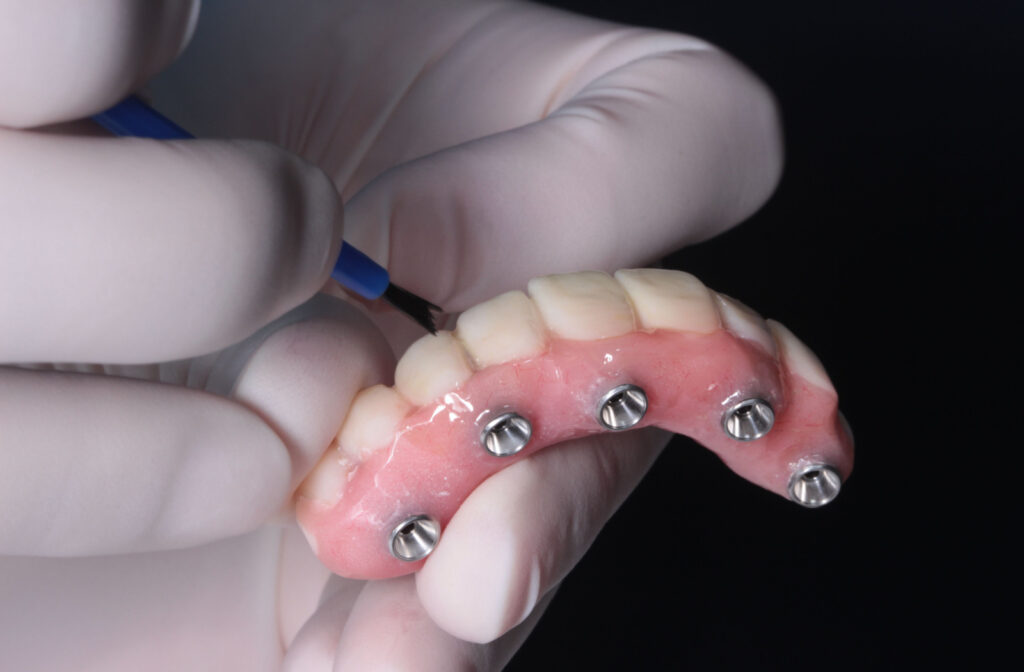
The choice between these options depends on several factors, including the patient’s oral health, bone density, & preferences. Implant-supported solutions are generally preferred due to their stability, comfort, and natural feel, and they help maintain jawbone integrity. However, not every patient is a candidate for dental implants, which is why we encourage booking a consultation with our experienced oral surgeons.
A full arch replacement significantly improves the quality of life, restoring the function and aesthetics of natural teeth, and is a comprehensive solution for those with extensive dental issues.
Treatments for Moderate Tooth Wear
Dental Crowns
Dental crowns are porcelain restorations or tooth-shaped caps that cover/seal damaged teeth to restore their shape, strength, and function. Crowns can also improve the appearance and function of a worn-down tooth.
Veneers
Veneers are thin shells of porcelain placed over the front surface of the teeth to improve their appearance and provide enamel-like protection. Veneers can also cover worn-down teeth, providing a protective, natural-looking and lasting solution.
Dental Bonding
Dental bonding is a cosmetic dental procedure where a tooth-coloured resin is applied to the surface of the worn-down tooth to restore its shape and appearance.
Preventive Measures for Worn-Down Teeth
Being proactive can help protect your teeth, so taking preventive measures to avoid worn-down teeth is essential. Here are some ways to help you maintain healthy teeth:
- Avoid consuming acidic foods and drinks.
- Avoid biting on hard foods, such as ice or hard candy.
- Don’t use your teeth to open things.
- Wear a mouthguard while playing sports or during sleep if you grind your teeth.
- Practice good oral hygiene, such as brushing twice and flossing daily.
- Visit your dentist regularly for dental checkups and cleanings.
Restorations Made Possible
As your teeth wear down, you want to protect them from further wear and enamel erosion. Remember, it’s vitally important to prevent teeth wear and tear. Once the protective enamel is gone, it cannot grow back.
The good news is there are various treatment options for repairing worn teeth. Consulting dental professionals in combination with sticking to a well-supported home-based dental care routine is the best way to avoid tooth wear and other major dental problems. A healthy, beautifully radiant smile can improve your overall health while enhancing your appearance and boosting your self-confidence.
In case you do require replacement due to the extent of damage, the experienced surgeons at CVOS Oral Surgery are here to support you.
Book an appointment with CVOS Oral Surgery at one of our Toronto-area clinics for a dental implant consultation, where we’ll cover your treatment options to make your smile picture perfect once again.


